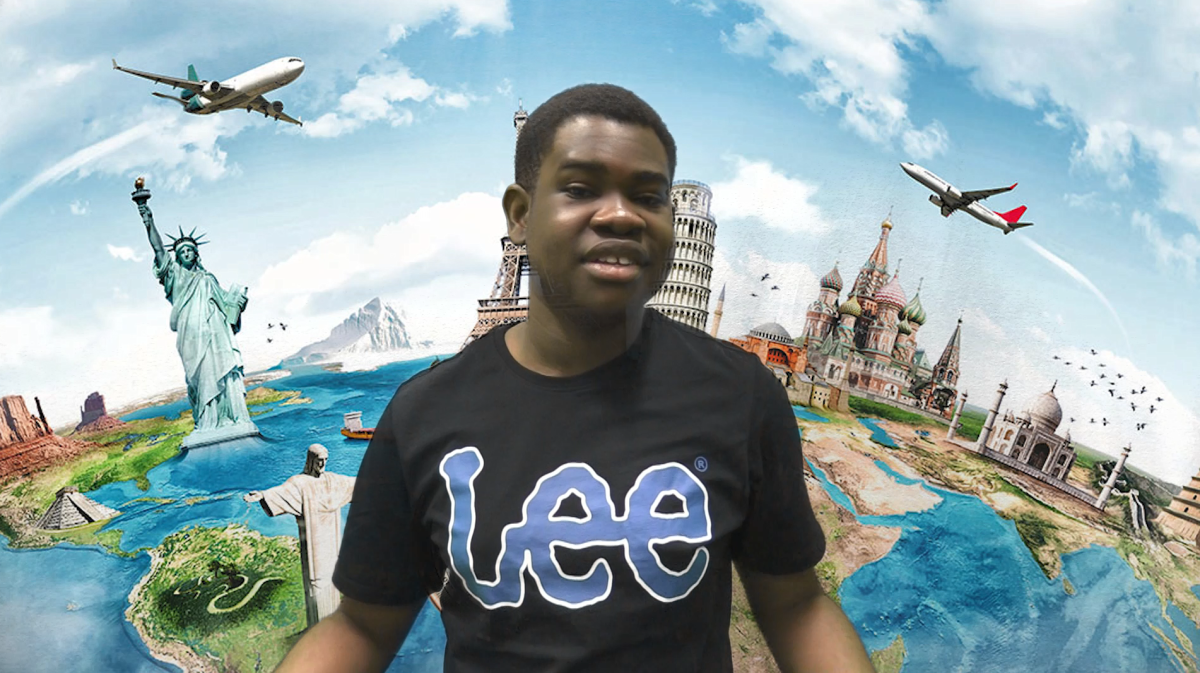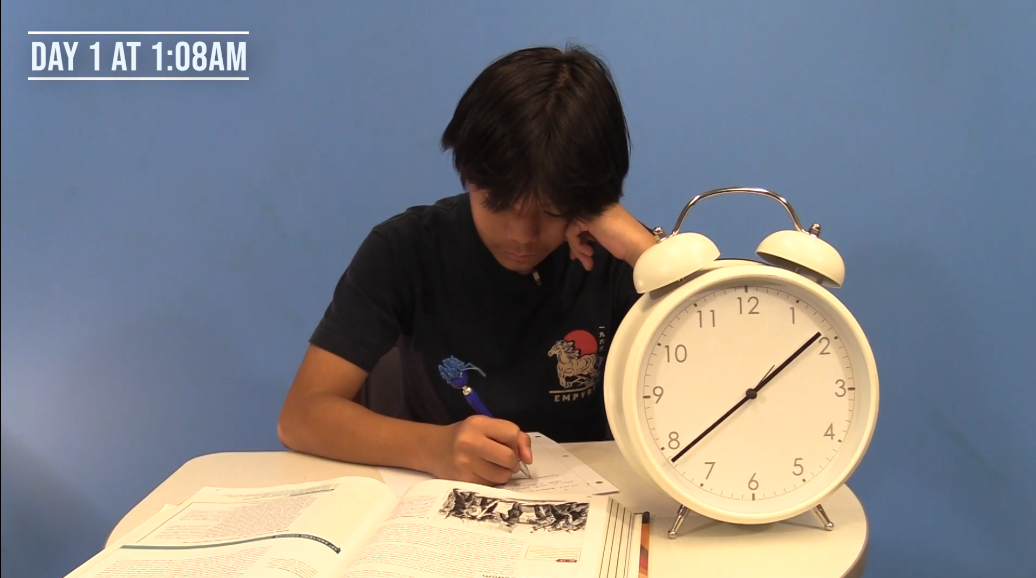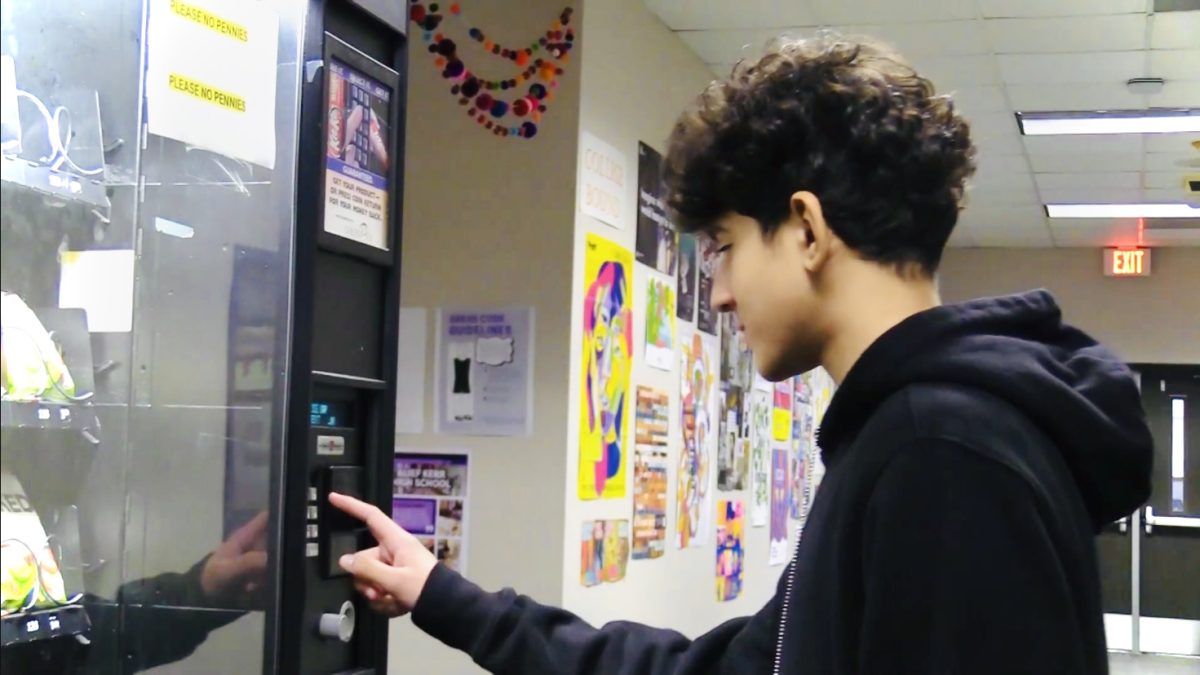For many who are not a part of the orchestra world, the name Suzuki brings forth images of cars and motorcycles. However, for most string musicians, Suzuki is practically a household name. It appears on many sheet music books, easily recognisable with its trademark circular designs. The songs have grown with these players in age, from variations on “Twinkle, Twinkle, Little Star” to Mendelssohn concertos.
However, not everyone agrees on the authencity of Suzuki’s legacy. Earlier this year, allegations were made regarding possible fraudulent actions the violinist had done in his life. These claims shook the orchestral world quite a bit as Suzuki was – and still is – an integral part in the lives of many string players.
For those who do not understand who Suzuki was and the nature of his significance, Shin’ichi Suzuki (鈴木 鎮一) was a Japanese violinist who invented a worldwide music education movement named after himself. He was considered an influential instructor in the music education of children, endeavouring to flourish their love of music at early childhood and even infancy.
“I did start off my music education with Suzuki,” said junior Julia Chamon, a violist in the Cambiata Orchestra. “He was one of the very first music books that my teachers recommended. So, therefore, I automatically stayed with him.”
Junior Julianne Escanan, a violinist in the Cambiata Orchestra, also began her music instruction with Suzuki’s teachings.
“I had a teacher who would give me the books and when I finished them, I’d get a new one,” she said. “I was a toddler at the time, but now that I think of it, Suzuki really helped me to become as successful as I am today.”
Ironically enough, the violinist himself did not have formal music lessons as a child. Though he worked in his father’s violin manufacturing factory at a young age, he did not fall in love with the violin until he was 18. Over the next few years, he taught himself the study of the instrument and at 22, he sought to learn it formally by travelling to Berlin to study with the distinguished violinist, Karl Klingler. It was there in Germany where he befriended Albert Einstein; through the renowned scientist, Suzuki associated with many of the world’s leading artists and thinkers. From thereon, his success and reputation only grew.
“I think he’s a huge inspiration,” said junior Dominique Dinh, a cellist in the Cambiata Orchestra. “I just wished younger kids knew about him more than just his teaching method. You don’t really get to learn about the man himself until you’re much older.”
What contributed to Suzuki’s fame was that his teaching method was so divergent from traditional methods. Before his time, children were rarely taught classical instruments from an early age. Early teaching methods relied on dance, percussion, and playtime activities to teach simple rhythms and basic melodies.
For example, sophomore Sebastian Grajeda, a violinist in the Philharmonic Orchestra, used an older and more traditional teaching method in his music career.
“I know I didn’t start off with Suzuki unlike other kids. I started off with James Bastien’s piano starter books,” he said. “They were colourful. They have a lot of really cool pictures, I guess. Different from other music books.”
Contrastingly, Suzuki used audio recordings, rote learning, muscle memory, and playing by ear.
“It trains you to play by ear and it basically helps you with intonation. It emphasises playing style,” said senior Eddy Chiang, who had started his 11-year piano career with the Suzuki method.
In his teachings, Suzuki sought not to raise musical child prodigies, but a generation of children with “noble hearts.” Noting the aftermath of World War II on Japanese orphans, he sought to ease their pain by guiding them towards music. His philosophy was simple. Suzuki once said, “If a child hears fine music from the day of his birth and learns to play it himself, he develops sensitivity, discipline and endurance. He gets a beautiful heart.”
With this, Dinh agreed wholeheartedly.
“Suzuki’s philosophy is really … profound. It’s everywhere, I would say,” said Dinh. “Maybe you might never have heard of Suzuki before, but a lot of people definitely share his mindset, his way of thinking.”
However, Suzuki has recently been accused of being a fraud by Mark O’Connor, an American violinist and founder of his own teaching method. In early fall, O’Connor made a blog post titled “Suzuki’s Biggest Lie” asserting that Suzuki fabricated much of his training and credentials. He claimed that “Suzuki was never a student at the Berlin Hoschshule where Karl Klingler taught” nor was he Klinger’s private student “because it was Klingler himself who refused Suzuki’s entry into his own teaching studio.” These accusations were backed up by official documents from the music conservatory, found by two German string educators and researchers.
Not only did Suzuki lie about his one and only audition results with Klinger, according to O’Connor, he also lied about his mentor relationship with Albert Einstein and faked an endorsement from one of the leading string players of his time, cellist Pablo Casals. O’Connor said that Suzuki “was a one-time salesman for the Suzuki violin factory giving Einstein a free violin and got an autograph,” nothing more.
As for Pablo Casals, the legendary cellist is said to have only encountered Suzuki once in his life. His widow, Marta Casals Istomin, confirmed to documentarian Peter Rosen this year that she and her spouse viewed Suzuki and his student presentation during their 1961 trip to Japan and disliked it. According to Suzuki’s memoir, Nurtured by Love, “…when Pablo Casals heard a Suzuki recital in Tokyo, he rushed to the stage shouting ‘bravo,’ and hugged the children.” O’Connor claimed that “soft spoken Casals was 80 at the time and in very poor health, nearly cancelling the 1961 trip to Japan. He was not running nor shouting at that point in his life.”
So far, the only newspapers that have covered O’Connor claims are two popular British tabloids, The Telegraph and The Daily Mail.
Of course, this incident raised some turmoil and a number of different opinions in the orchestral world.
Chiang thinks that it does not matter whether or not Suzuki was a fraud, as his philosophy is still the same and his teaching method has an intrinsic value.
“I know a lot of people who have gotten really far with Suzuki,” he said. “I think it’s an effective program for some people. Maybe people are accusing him of certain things, but I think as long as he has an effective program, I think he should still be praised.”
Chamon dismisses his actions as that of business, pointing out that there were certainly justifiable explanations behind Suzuki’s choices.
“I think that the two conflicts have nothing to do with each other,” she said. “I mean, it’s not good to lie, but … I feel that a lot of the time, entrepreneurs have to lie and they feel that they have to lie, but in the end, what matters is how important their products are and how much they’ve impacted others.”
Then there are those who disagree with O’Connor himself, such as Grajeda. Because the American violinist is so well-known for his public bashing of the Suzuki method, he [Grajeda] wonders whether his claims are rooted in truth or personal feelings.
“I think he’s [O’Connor] jealous,” he said. “They’re both very gifted musicians, but Suzuki is on a business plane in contrast to O’Connor; he’s on a performance type of level. Unfortunately, Suzuki’s business racks in crazy amounts of money and performing … you don’t just get money for sitting. So yeah, he’s probably just jealous of Suzuki.”
Grajeda’s words do have some merit. The American violinist is known to openly oppose the method’s emphasis on repertoire on his blog, as he believes it creates a robotic manner of playing and cripples the player’s familiarity with music theory and songwriting. He also feels that the strict curriculum feeds too much off of obedience and not enough of creativity.
Alice Vu, a freshman cellist in the Concert Orchestra, agrees with O’Connor to a certain point, namely his accusations of the Suzuki method itself.
“I didn’t start with Suzuki, but I understand what he’s [O’Connor] saying,” she said. “I started off playing robotically. As I aged, mostly because I moved to Ford Bend Music Centre, it was more of them asking me what I wanted to play, instead of telling me what to play.”
In the end, it does not matter to these players whether or not Suzuki had built his empire based on lies. To them, any mistakes he may have made do not invalidate his teachings.
“Is he still a high-level, self-taught violinist? Yes,” Chiang said. “It’s been 10 years since I used his program, but nothing will change my perception and experience of it.”






